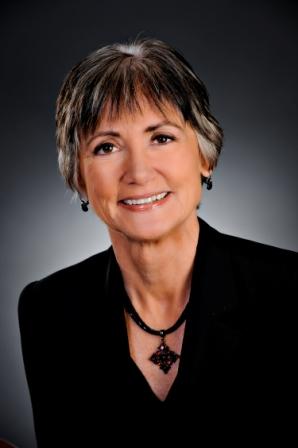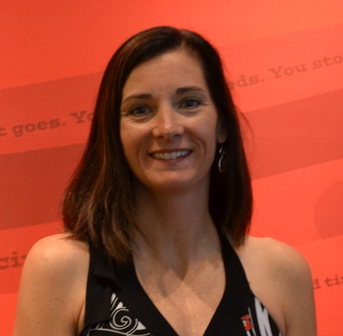Message From Patty White
 The Go Red for Women campaign is near and dear to my heart for several reasons. My mother died of sudden cardiac arrest when i was a senior in college. That event was extremely devastating to me and my family as we had no warnings and were not prepared to lose her. In addition to that I am a former cardiac nurse and have seen many patients have devastating effects from heart disease. I believe strongly in the campaign to generate awareness and help make research and education about women and heart disease possible. I am also the CEO at Chandler Regional Medical Center and here at Dignity Health we have a strong commitment to serving our community in the area of heart health awareness and treatment. This is a call to increase awareness of heart disease and to inspire women to take charge of their own health. For such a long time heart disease has been seen as a man's disease. Women's heart health was not addressed. Now we know that the symptoms of heart disease in women can be very different than in men and it is the leading cause of death among women. It is our call to action.
The Go Red for Women campaign is near and dear to my heart for several reasons. My mother died of sudden cardiac arrest when i was a senior in college. That event was extremely devastating to me and my family as we had no warnings and were not prepared to lose her. In addition to that I am a former cardiac nurse and have seen many patients have devastating effects from heart disease. I believe strongly in the campaign to generate awareness and help make research and education about women and heart disease possible. I am also the CEO at Chandler Regional Medical Center and here at Dignity Health we have a strong commitment to serving our community in the area of heart health awareness and treatment. This is a call to increase awareness of heart disease and to inspire women to take charge of their own health. For such a long time heart disease has been seen as a man's disease. Women's heart health was not addressed. Now we know that the symptoms of heart disease in women can be very different than in men and it is the leading cause of death among women. It is our call to action.
Patty White
CEO, Chandler Regional Medical Center
2012 Go Red for Women Chair
Survivor Spotlight: Nina Linder

I was born with a congenital heart defect. I say “was,” because through the technology of modern medicine, my aortic valve was replaced and I no longer have aortic stenosis. Despite my condition, I lived a fairly “normal” childhood. Sports have always been a big part of my life, and luckily, I was allowed to participate in sports that I could call my own time out in, like swimming. I swam competitively through high school and into college.
As a child, my family and I made annual trips to Children’s Hospital in Chicago to have my heart stress tested. I had about seven heart catheterizations in total.
During my sophomore year in college, my doctors felt I should have my valve replaced. During surgery, the surgeon determined that I would be better off not having the replacement yet, but that I should further restrict my physical activity. I woke up from the surgery confused and disappointed, but looking back, that surgeon who advised against the replacement did me a big favor, although it didn’t feel like it at the time.
When I was 29, I just didn’t feel well. I felt sluggish, tired and lacked energy. My primary doctor ran some blood work, and everything checked out fine. Having not gotten any answers from him, I decided to meet with my cardiologist, who determined what was going on—I needed my valve replaced.
In the 10 years since that surgeon decided not to perform the valve replacement surgery, medicine had advanced significantly. Now, I had more options. There were several types of mechanical valves, which all required a lifetime of medication, plus bovine (cow) and porcine (pig) valves, and human tissue valves. I chose a human tissue valve and had the surgery in December of 1998. The following April, I walked down the aisle to marry my husband.
After being told my whole life that I would not be able to have children because of my heart problem, I was told I could start a family. In May of 2000, our daughter was born, and two years later, our son was born.
Eventually, I’ll have to have my valve replaced; that’s the drawback to not having a mechanical valve—it will wear out. Now, I continue to get my annual check ups, I try to eat healthy and stay active. My hope is that with the continued support that the American Heart Association provides, other women can benefit as I have from the research and efforts the organization provides.
Nina Linder
Survivor
American Heart Association Volunteer